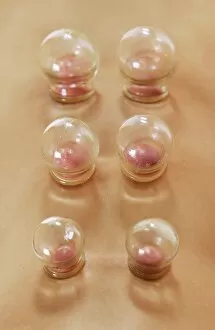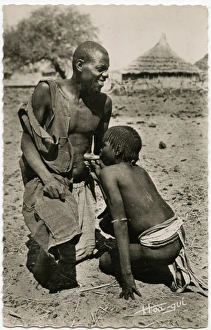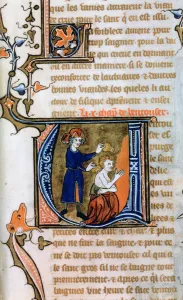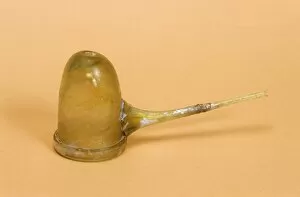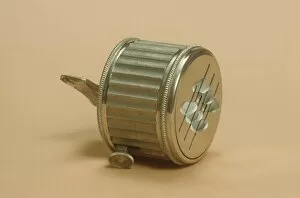Cupping Collection
Cupping, an ancient indigenous medicinal practice known as "Chad - Cupping, " has been gaining popularity in recent years
All Professionally Made to Order for Quick Shipping
Cupping, an ancient indigenous medicinal practice known as "Chad - Cupping, " has been gaining popularity in recent years. This therapeutic technique involves applying suction to the skin using cups, which are usually made of glass or bamboo. The concept behind cupping is to create a vacuum effect that stimulates blood flow and promotes healing. One can find historical references to cupping dating back centuries. Illustrations from renowned works like "The Works of Hippocrates" depict the application of suction on various body parts, including the breast. Another intriguing artwork from around 1815 showcases a woman performing cupping on another person. In traditional medicine, cupping was often used alongside other treatments for different ailments. A scene painted on a ceiling at Giardino Segreto portrays a doctor attending to a sick man, possibly incorporating cupping into his treatment plan. Interestingly, even wooden headrests were carved in the shape of hands forming cups – perhaps indicating their significance in ancient cultures' healing practices. Furthermore, depictions such as "An Old Woman Bleeding a Young Woman" highlight how bloodletting and they were sometimes combined for therapeutic purposes. Historical texts like "Tractatus de Pestilencia" provide insights into how illnesses were believed to be cured through methods like cupping. Today, modern practitioners continue to explore the potential benefits of this age-old therapy. From athletes seeking muscle recovery and pain relief to individuals looking for alternative remedies for respiratory conditions or stress reduction – cupping has found its place in contemporary wellness practices. As we delve deeper into understanding holistic approaches towards well-being, it's fascinating to witness ancient techniques like Chad - Cupping resurfacing and captivating both medical professionals and curious minds alike.

